5. American Hot Wax (1978)
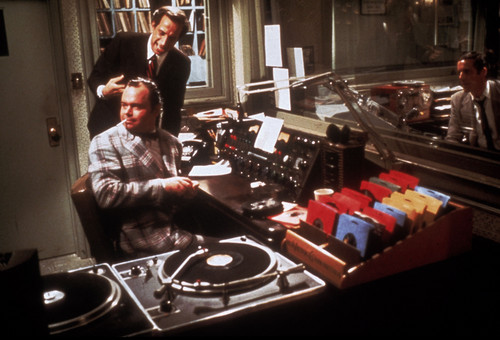
Often lost in the shuffle of 1970s nostalgia films on the 1950s, American Hot Wax is a must see. It’s all about the music and the mythology of rock and roll. Starring Tim McIntire as the legendary DJ Alan Freed, the cast included Jay Leno in a rare acting role, SNL alum Lorraine Newman, and a young Fran Drescher. Rock and rollers Chuck Berry and Jerry Lee Lewis appear as themselves.
Those who prefer structure and coherence will be disappointed. Teenagers clash with their parents. Guys chase girls. Freed takes on the establishment. Each scene feels disconnected from the previous one, so while American Hot Wax may lack the narrative precision and scope of George Lucas’s American Graffiti, it does offer a panorama of a specific moment in history.
McIntire gives a sincere performance full of passion and rebellion that transcends the film’s shortcomings- something rare these days. The lively opening credit sequence follows Freed as he walks into the studio. When he starts playing the records and the music really comes alive – it’s a magical moment. The 1950s may seem more distant than ever, but watching American Hot Wax will bring it all back home.
4. The Mosquito Coast (1986)
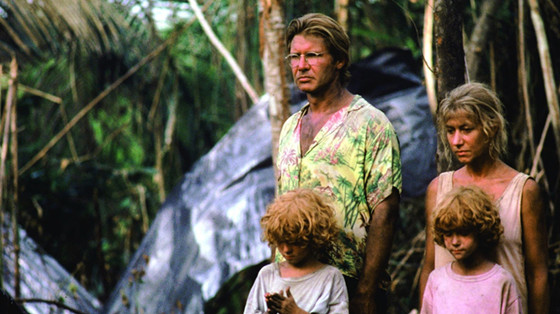
In retrospect, Peter Weir’s adaptation of the Paul Theroux novel The Mosquito Coast, really feels like a counterculture movie for the 1980s.
With its themes of keeping the patriarchal nuclear family intact, anti-materialism, and its dismissal of the American dream, it fits itself right into a present-day niche. Harrison Ford (Ally) plays an egomaniacal father of four disgusted by the wastefulness he sees in American society, who decides to move his family to Central America. He wants to escape the tyranny of the rat race and strip malls.
Ideas in the film resonate for the current moment: embattled masculinity and society’s schizophrenic attitude towards technology are underlying themes.
The first half is fascinating. There’s a feeling of dread and excitement as Ally sets up a community in the jungle. He dreams of building an ice machine for the natives. When his wife and children start to question his motives, things take a turn for the worse; unpredictable obstacles they didn’t consider are thrown at them. Unfortunately, the philosophical themes are pushed aside as the film shifts into more familiar territory: a survival story.
Ford delivers a good performance, but some of his character’s motivations defy logic. At one point, Ally declares “I am the last man.” In his mind, making fire from ice will make him a God to the natives and his family- ironies begin to pile up. But on top of that, Helen Mirren, River Phoenix, and Andre Gregory leave strong impressions when all is said and done.
3. Quintet (1979)
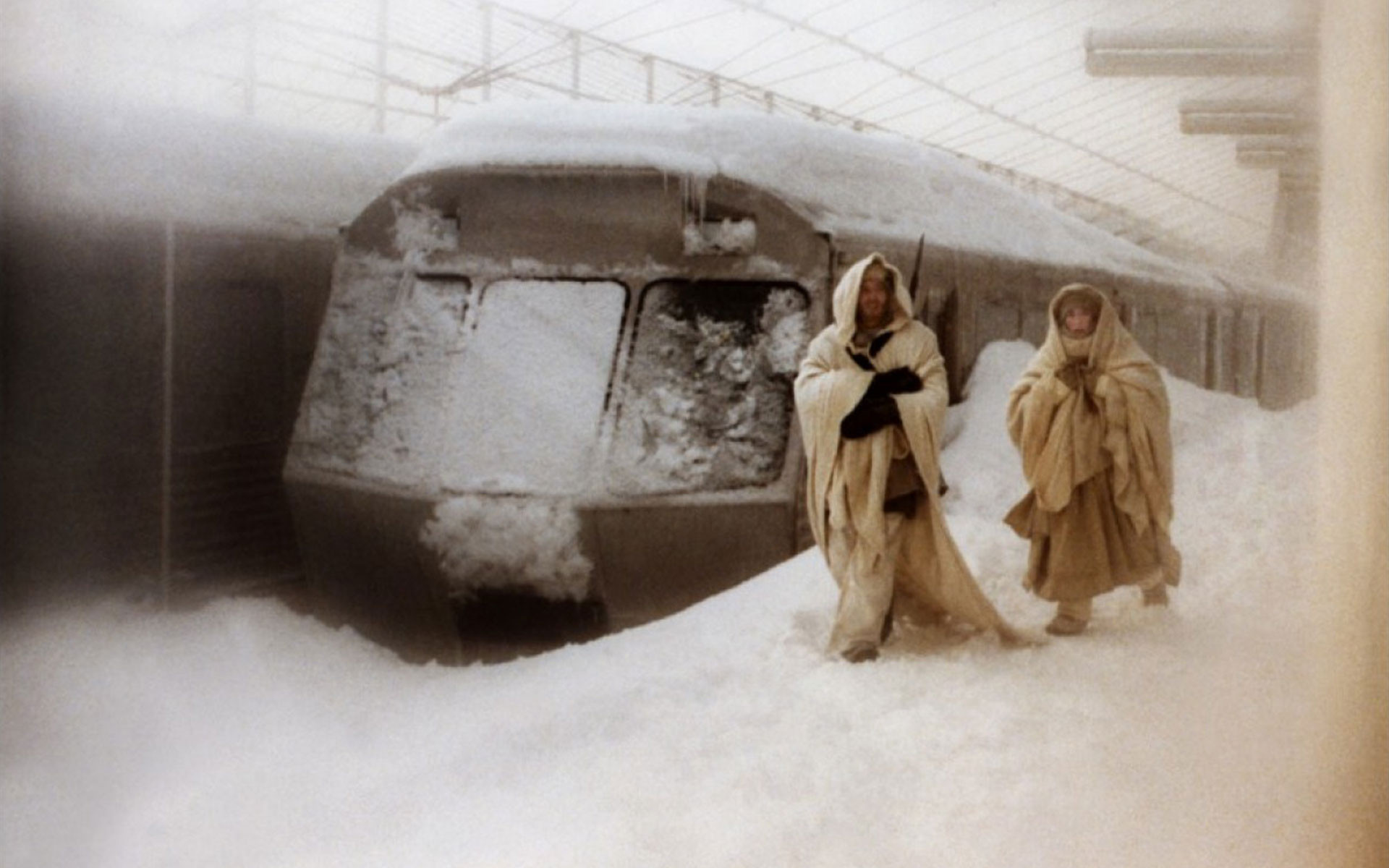
Speaking of ice, Robert Altman’s mostly ignored venture in science fiction boldly went against the Star Wars zeitgeist of the late 1970s. The film stars Paul Newman as a lone hunter in a world of ice, who finds himself in a deadly game where the penalty for losing is instant death.
Quintet is a case where the flaws can also be viewed as merits. The deliberate pacing and lack of exposition can be frustrating for first time viewers. The game itself, which Altman and his script collaborators invented, remains mysterious throughout (a dice game resembling chess.) Character motivations are never expounded upon either.
The mysteries of Quintet create a unique atmosphere, while the poetic sense of desolation is unrelenting, inducing a dream-like state for the viewer. In the film, as humanity nears its end, life keeps going on; people still love, hate, and try to make the best of a bleak situation. The mysterious game master Grigor (Fernando Rey) proselytizes that everyone is obsessed with Quintet because it encapsulates the entire human experience- it’s a dull dystopia.
In an unbearably haunting sequence, as wild dogs wander the landscape in search of corpses in Altman’s world of ice, Newman carries his dead companion to the river and sadly watches her float away. A unique experience told with Altman’s distinct style makes for a one of a kind sci-fi tale.
2. Exorcist II: The Heretic (1977)
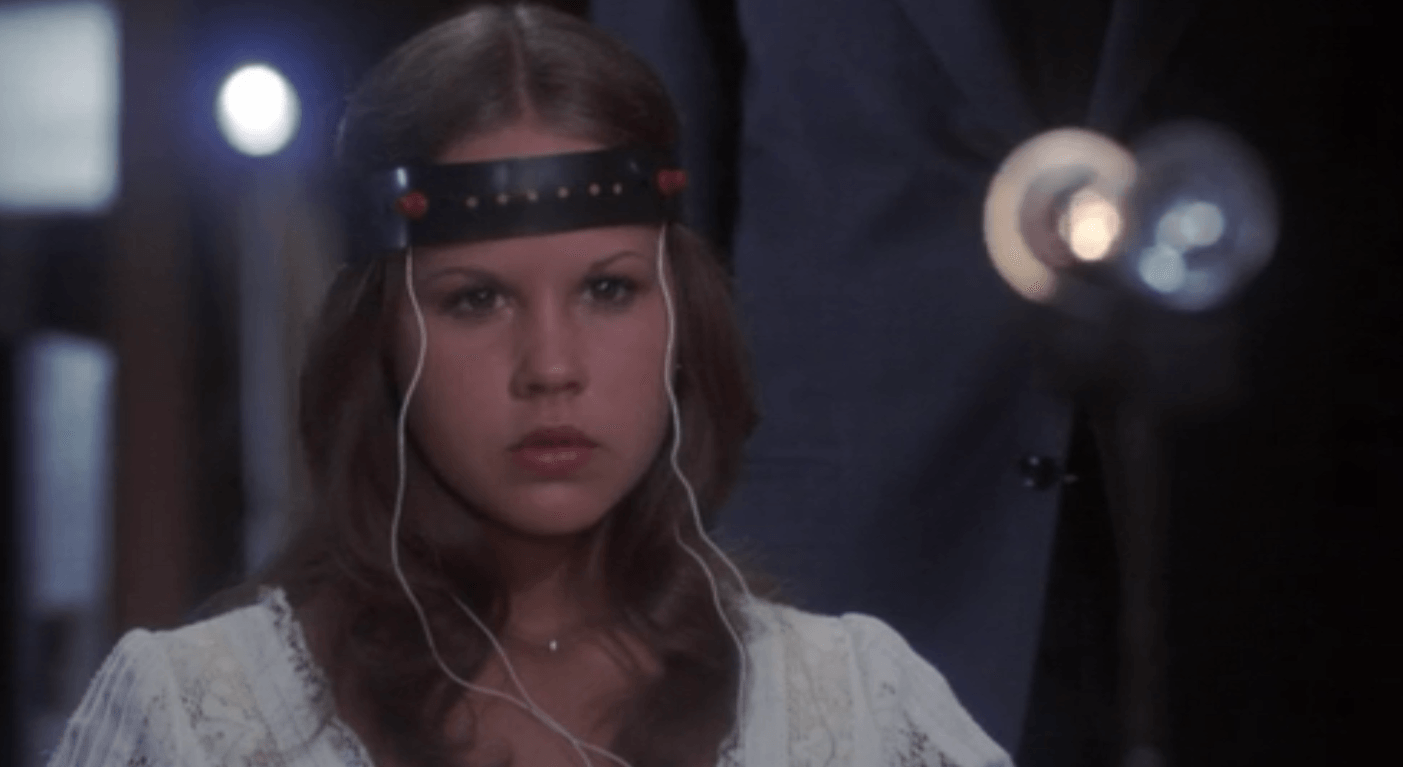
Easily one of the most disappointing and despised sequels ever made, John Boorman’s film holds a strange fascination even though it’s a mess. Released in the summer of 1977 to a wave of bad reviews and hostile reactions from audiences, Exorcist II: The Heretic seemed an abomination to those who managed to watch the entire movie.
Starring a bleary-eyed Richard Burton, with Linda Blair, Kitty Winn, and Max Von Sydow returning from the original, the sequel is more of an meditation on evil than a gory horror flick. Burton’s “recovering from the worse hangover of all time” performance adds to the dreary, hypnotic feel, and even the technical aspects are lacking; the disconnect between the script and the editing are all too apparent in the inexplicable transitions.
Pauline Kael and Martin Scorsese praised Exorcist II for having the courage to be different from the first film. Boorman, who refused to direct the original because he thought it amounted to child abuse, achieved his goal of telling a positive story of redemption.
The cinematography, by William Fraker, makes up for some of the laughable moments- the film looks great. Ennio Morricone’s score adds to the otherworldly feel. If the first film coaxed many back to church, the sequel may have boosted sales for the New Age book section. Give it a chance.
1. Heaven’s Gate (1980)
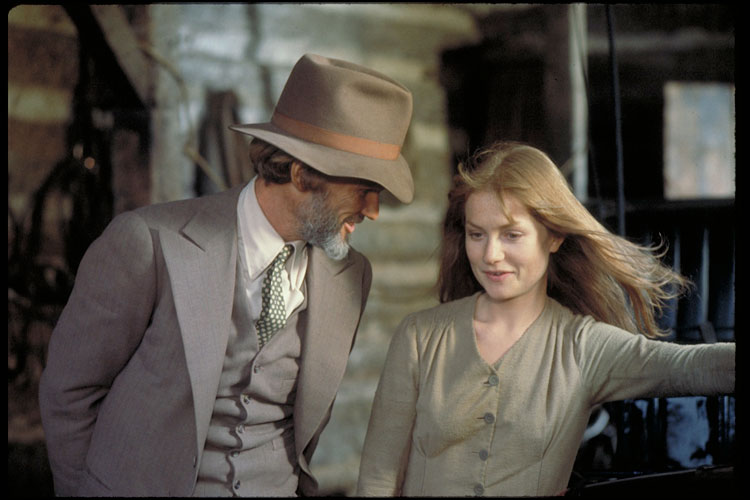
Michael Cimino’s epic Western is finally getting the recognition it deserves. Dismissed upon release (a heavily edited version) for being excessive in budget and bankrupting United Artists, Heaven’s Gate was restored to Cimino’s original vision for the beautiful 2012 blu-ray release.
In the restored version the story still wanders off course at times. Based on the Johnson Country War of 1889-1893 in Wyoming between ranchers and settlers over farming and water rights, Heaven’s Gate takes the point of view of mostly immigrant settlers who were terrorized by the ranchers.
The complicated and fascinating history unfortunately takes a back seat to the conventional love triangle subplot between stars Kris Kristofferson, Isabelle Hubert, and Christopher Walken. John Hurt’s character, who is highlighted in the prologue, inexplicably falls into the background. In fact, all the characters fail to evoke the high emotion of Cimino’s Oscar winning 1978 film The Deer Hunter.
For Vilmos Zsigmond’s cinematography alone Heaven’s Gate is worth the time investment- few films have better captured the majesty and vastness of the American West. The emphasis on class warfare, an aspect of American history ignored in the westerns of John Ford, adds another point of interest.
There are many stunning sequences: the prologue at Harvard University, the sequence at the roller rink, and the bloody final battle. Cimino’s poetic visuals and dreamy sequences portend a road not traveled in the modern historical epic outside of Terrence Malick, one that captures the grandeur and terror of the American West.
Author Bio: Eric teaches English Composition and resides in Dayton, Ohio. A lifelong movie fan, his favorite filmmakers include Steven Spielberg, Martin Scorsese, Akira Kurosawa, Stanley Kubrick, and Quentin Tarantino. In his spare he listens to Bob Dylan, reads history and fiction, and often blogs about those subjects.